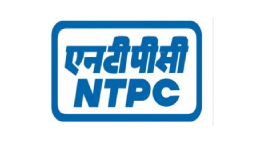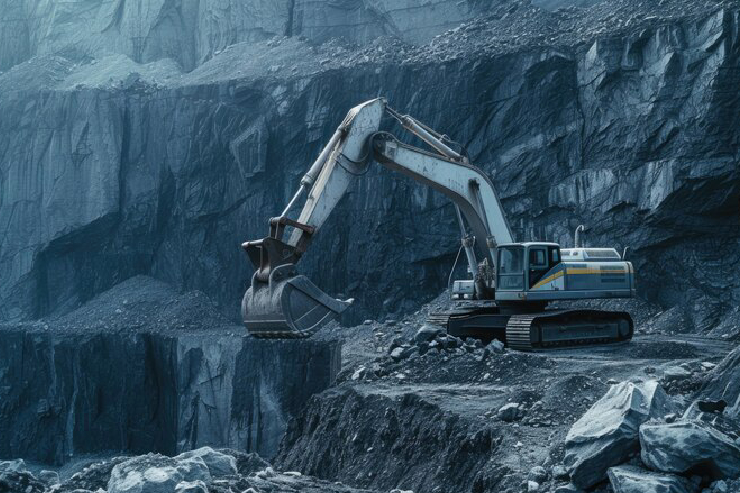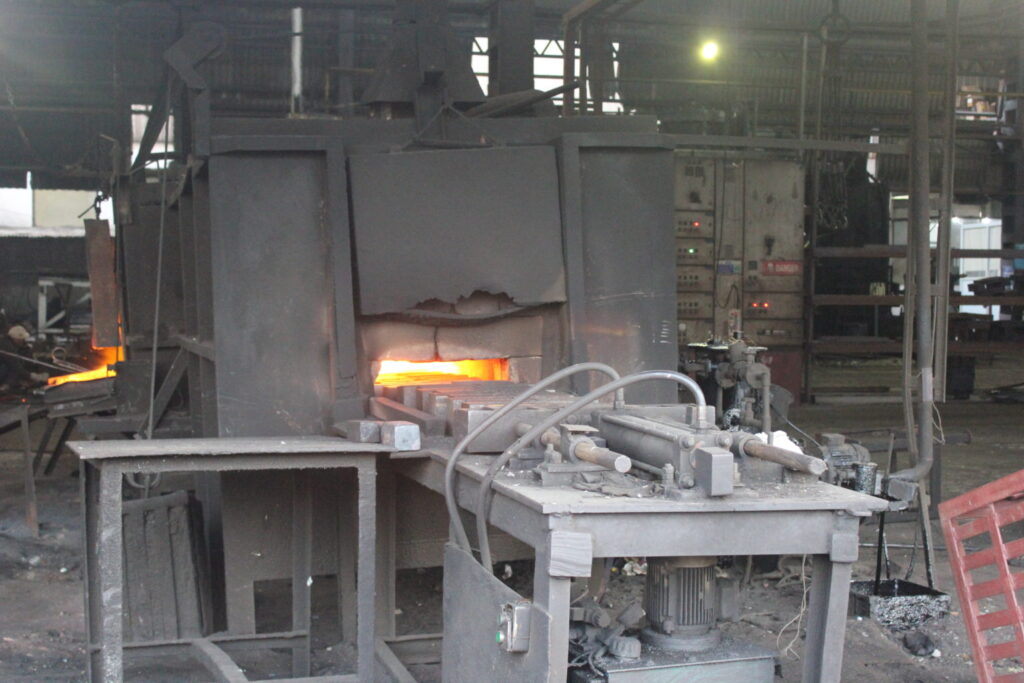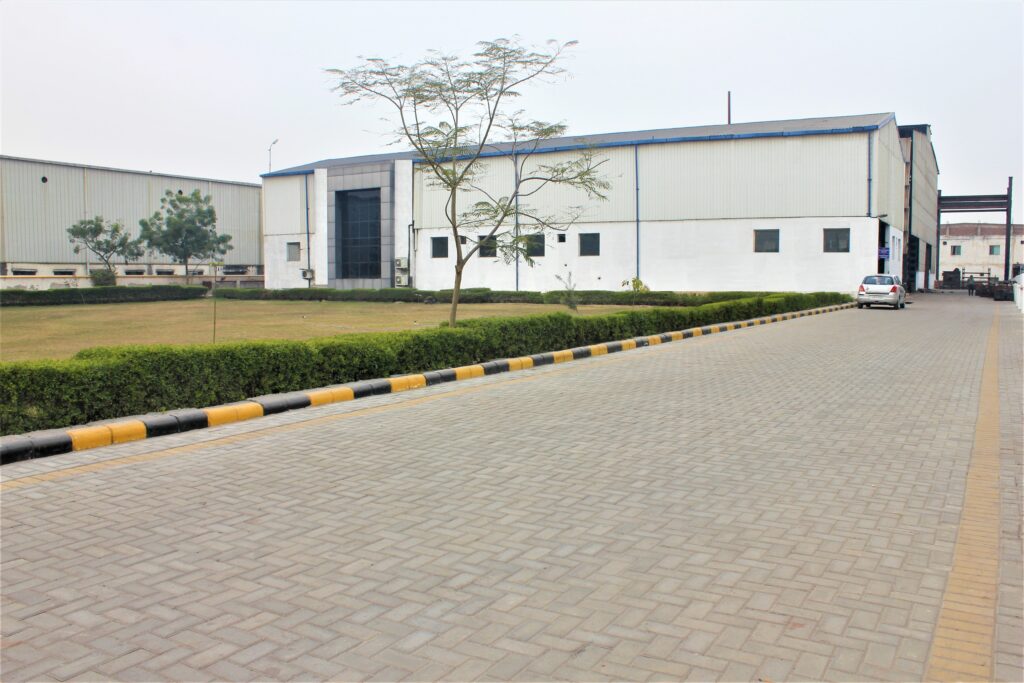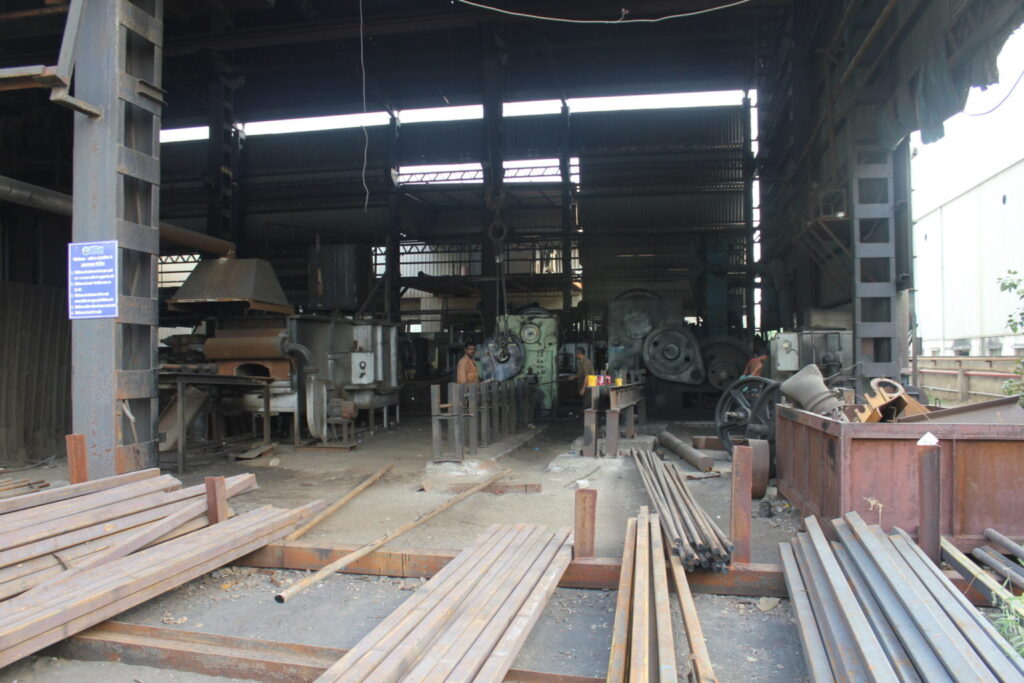- Plot No. 287, Sector 58, Faridabad, Haryana, India 121004
- +919773985880
- info@ahfpl.com
Follow Us On:

Arm & Hammer Forgings Pvt. Ltd. takes pride in its long-standing tradition of manufacturing high-quality steel, carbon steel, stainless steel, and alloy steel forgings.



